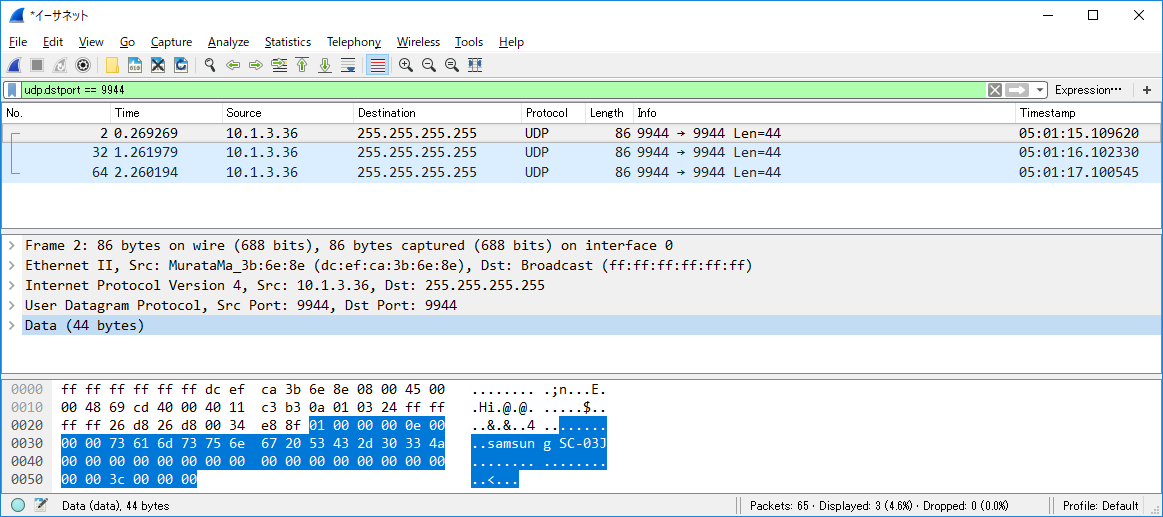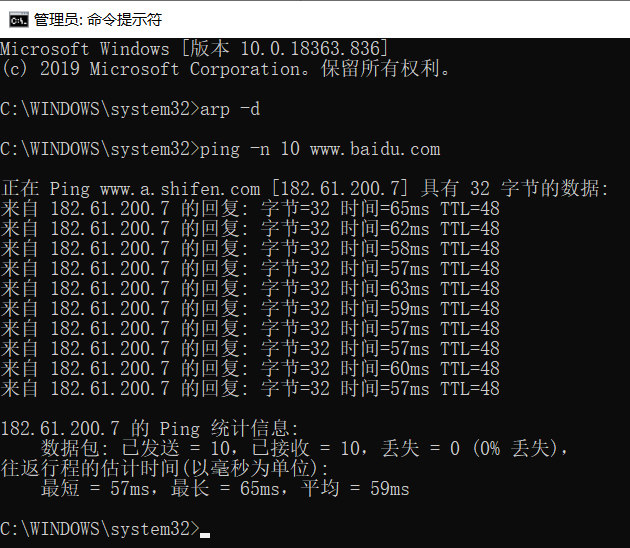

Actually there are so many filters you can apply, but don’t be overwhelmed. You will notice the Display Filter box in the top of the main window. You can set display filter during capturing or analyzing. Display filter controls what is seen from an existing packet capture, but does not influence what traffic is actually captured. Display filter is more like a search feature of certain packets you want to see on the main window. You will notice Capture Filter Box in the bottom, click on the green icon beside the box and select the filter you want.ĭisplay filter, in other hand, is used in “Offline Analyzing”. To configure capture filter, click Capture Options button, which is located as shown by image in cursor pointing on below. Capture filter controls what type of data in traffic will be captured, if no filter is set, it means capture all. The main benefit of using Capture filter is that we can reduce the amount of data in the captured file, because instead of capturing any packet or traffic, we specify or limit to certain traffic. So, input the query to the Capture filter form: There are two kinds of filters which each have its own functionality: Capture filter and Display filter.Ĭapture filter is used to capture specific data or packets, it is used in “Live Capture Session”, for example you only need to capture single host traffic on 192.168.1.23. In order to sort and capture certain information, Wireshark has a filter feature. You already know the basic usage of Wireshark, in general, the process is concluded with the above explanation. UNDERSTANDING WIRESHARK CAPTURE FILTERS AND DISPLAY FILTERS pcap file format by hitting File > Save As > fileName.pcap. It is necessary to save file for further analysis process, or to share the captured packets. When you are ready to stop capturing and view the data captured, click Stop button “Red-Square icon” (located right beside the Start button). The third pane contain encoded packet data, displays a packet in its raw, unprocessed form. Click the “collapsed and expanded” to show all of the information collected about an individual packet. The second pane contains a hierarchical display of information about a single packet. Its displayed as a table and the columns contain: the packet number, the time captured, packet source and destination, packet’s protocol, and some general information found in the packet. The first pane displays a list containing packets in the current capture file. In this window, mainly divided into three panes, from the top to the bottom, it is : Packet list, Packet details and Packet Bytes. Don’t worry, i will explain it one by one. You might feel overwhelmed the first time seeing a bunch of data on this window. To start capturing, click on the Start button (Blue-Shark-Fin icon) located on left-top corner. In this case we connected to an access point through our wireless card interface. STEP 2 : CHOOSE NETWORK CAPTURE INTERFACE You will see the Welcome page of Wireshark window, it is should look like this: To run this, simply enter in the terminal: Once we connected to the network, let’s begin by opening the wireshark GUI interface. The main idea of this tutorial is to do live capturing of the network, save the data into a file for further (offline) analysis process.

It is considered as a standard package on Linux systems. Luckily, Kali Linux, and other Linux distros offer the most powerful network analyzer tool, called Wireshark. It is generally, sniffering and analyzing network traffic. The questions above bring me to the topic, network analysis. But, I need to know the basic idea of how these things (server and client) work and communicate especially on my local network. I knew the terms proxy, VPN, and other connectivity stuff. I love the process, I love the sequence of steps of breaking out the puzzle. My goal by installing Kali Linux was to solve any problems and my curiosities related to “some complex-technology stuff or hacking methods scenario and soon”. That happened when i first installed my Kali Linux. And once my computer connected to the router / access point what they are doing when i browsed the Internet? How do these devices (my computer and access point) communicate with each other?

But, then I wonder, what is the scenario behind all of this? How could my computer know if there are a lot access points around it? Even I didn’t realize where are the routers placed. Once it’s connected, now I could surf the internet.
#WIRESHARK COMMAND LINE FILTER BY IP ADDRESS PASSWORD#
And then, I tried to connect to target Wi-Fi access point, if it ask for password then input the password. As far as I knew, when i was connecting to a Wi-Fi network, first I turned-on Wi-Fi service on my computer to scan available connection/s around me. I didn’t know much about networking at that time. Did you ever imagine or have some curiosities about how network traffic look likes ? If you did, you are not alone, I did too.


 0 kommentar(er)
0 kommentar(er)
